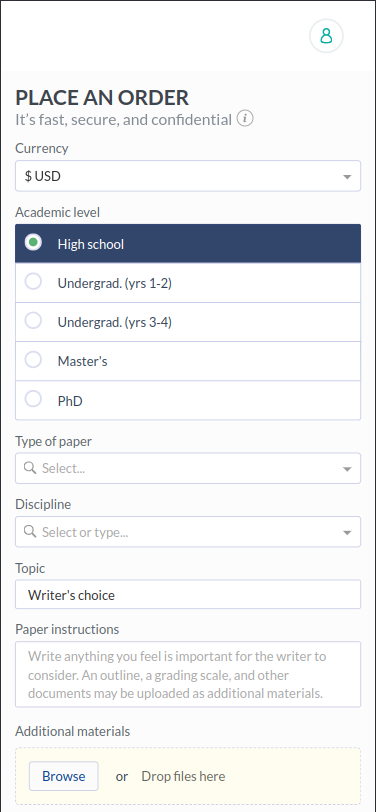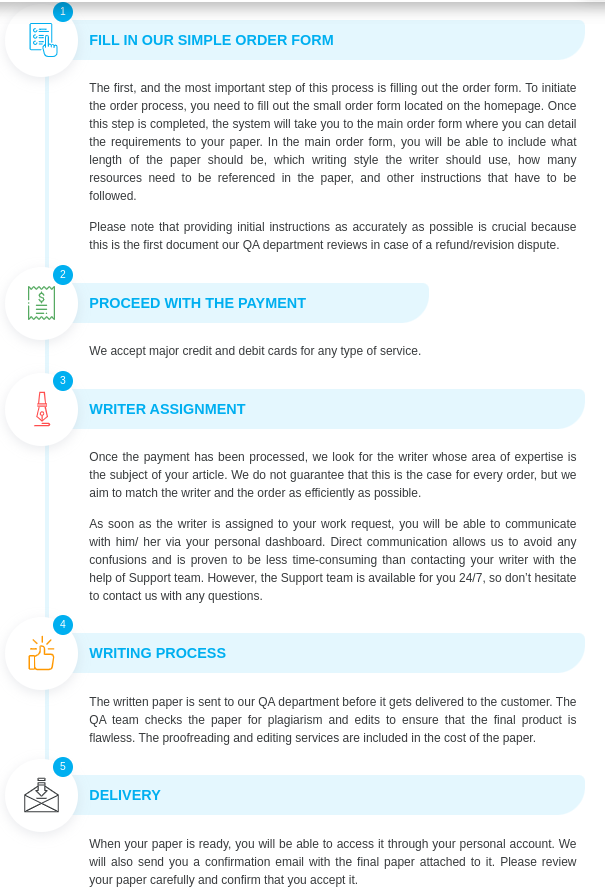6531 Week 9 iHuman Back Pain
Reason for encounter
Back pain
History of present illness (HPI)
The patient is a 66 year old widowed female with a PMH of chronic back pain, osteoporosis, and osteoarthritis presenting for evaluation of a one-day history of back pain. The pain was of sudden onset, it is in the middle of the back and is constant. The pain begun yesterday as she was lifting a full bag of garden soil from the ground out in the yard. It does not radiate, is aggravated by standing up and walking while lying down flat makes it a little better. She rates its intensity as 9 out of 10. She denies traumatic injuries or accidents, muscle pain, muscle cramping, productive/unproductive cough, fevers, tingling/numbness, chest pain, shortness of breath (SOB), or involuntary bowel movements.
History Questions
- How can I help you today?
- Do you have any other symptoms of concerns we should discuss?
- What are the events surrounding the start of your back pain?
- How severe (1-10 scale) is the pain in your back?
- Does anything make the pain in your back better or worse?
- When did the pain in your back start?
- Does the pain in your back radiate someplace else? Where?
- Where more precisely is the pain in your back?
Physical Exam
- Blood pressure
- Pulse
- Respiration
- Temperature
- Auscultate lungs
- Auscultate heart
Case Findings
- Sudden, acute 9/10 intense back pain x1 day after recent heavy lifting
- Midline lumbothoracic back pain that does not radiate
- Pain worsened with standing and walking, reduced when lying flat
- Denies fever, weight loss, fall, personal hx of cancer, bowel/ladder incontinence
Problem Statement
The patient is a 66 year old female presenting for the evaluation of a one-day sudden onset severe lumbothoracic back pain that does not radiate after a recent incident of heavy lifting. The pain worsens with standing & walking and reduces with lying flat. PMH is significant for osteoporosis, osteoarthritis, and chronic back pain. Physical exam is significant for a low BMI, a kyphotic posture with inability to correct, a negative straight leg raise test, intact lower extremity tone, sensation, and reflexes, pain and tenderness to palpation over L1 vertebral prominence.
ORDER 6531 WEEK 9 iHUMAN BACK PAIN NOW
Primary Diagnosis
Fracture, vertebral ICD10- S32.0: patient has a PMH of osteoporosis and osteoarthritis presenting with sudden-onset intense back pain at the mid lumbothoracic region following a recent incident of heavy lifting. The pain does not radiate, it worsens with walking/standing and reduces with lying flat (Sayed et al., 2022). Physical exam demonstrates a kyphotic posture with inability to correct, pain and tenderness to palpation over L1 vertebral prominence. Besides, x-ray lumbar spine demonstrates L1 compression fracture and osteoporosis.
Guideline used
I used the guidelines provided by the American Society of Pain and Neuroscience (ASPN) to diagnose and manage this patient. ASPN (2022) recommends diagnosis through a comprehensive assessment to identify risk factors, pain characteristics, warning symptoms, and functional limitations. Diagnosis can further be confirmed through imaging studies; MRI, CT scan, or x-ray. Once a diagnosis of a vertebral fracture is made, management with surgical or non-surgical interventions is initiated based on severity. Non-surgical interventions include physical therapy, lifestyle modification, and medications. The patient will further need spinal stabilization with Thoracolumbar Sacral Orthosis (TLSO) brace fitting.
Differential diagnoses (ddx) with rationale
Herniated disc ICD10-M51.26:
patient presents with sudden acute pain after a recent heavy lifting and the pain is felt at the midline lumbothoracic region. Besides, physical exam demonstrates pain and tenderness to palpation over L1 vertebral prominence. She however informs that the pain does not radiate and further denies tingling/numbness which are hall mark symptoms of a herniated disc (Zhang et al., 2023). Besides, physical exam demonstrates intact tone, strength, sensation, and reflexes on bilateral lower extremities, which rules out this diagnosis.
Lumbar strain/sprain ICD10-S39.012A:
is an injury of the lower back that involves overstretching of the tendons and muscles of the lower back (Isidro et al., 2022). It may result from heavy lifting, increased activity or repetitive bending. However, patients mostly present with spasms, soreness, and pain and physical exam often demonstrates localized muscular tenderness and pain.
Ankylosing spondylitis ICD10-M45.9: –
is a progressive chronic inflammatory disease involving the spine resulting to stiffness and pain. However, compared to the patient’s age (66 years old), it starts before 40 years of age. Besides, according to Ebrahimiadib et al.,(2021), the symptoms are relieved with activity/exercise and do not improve with rest as opposed to the patient’s pain that worsened with activity/movement and relived with lying flat.
Osteomyelitis, unspecified ICD10-M86.9:
is infection of the bone where patients report fever, back pain, fatigue, limited mobility, nausea, and loss of appetite (Bury, Rogers & Dickman, 2021). The patient’s lack of fever among other hall mark symptoms rules out this diagnosis.
Labs, Procedures, Diagnostic Testing, Referrals, & Codes Used for Todays Visit
- Office visit – 99212
- Referral to ER for further pain management with a pain specialist
- Referral to endocrinology for postmenopausal osteoporosis (Camacho et al., 2020).
- Referral to orthopedics for osteoarthritis and brace fitting.
- Complete Blood Count (CBC) to rule out anemia – 85025
- Vitamin D levels – 82306
- Comprehensive metabolic panel (CMP) – 80053
Medications
- Aspirin 81mg PO daily
- Alendronate 10mg PO daily; take on an empty stomach and at least 30 minutes before breakfast (Camacho et al., 2020).
- Calcium/vitamin D supplement 1200mg/800IU PO daily (Camacho et al., 2020).
- IM morphine 10mg STAT for immediate pain relief repeat in 4 hours if the pain still persists (Sayed et al., 2022).
- Continue acetaminophen 500mg mg every 6 hours as needed for back pain unless directed otherwise by orthopedics.
Social Determinants of Health (SDOH)
- Education and literacy
- Patient can read and write.
- Employment and income
- Denies financial issues/difficulty
- Housing and neighborhood
- Lives alone in a single story home.
- Social support and relationships
- Widowed; support system includes neighbor, sister and children.
- Access to healthcare
- Can afford medications, visits, and copays. Has medical insurance.
SDOH Plan
- Dietary recommendations for calcium for optimal bone health including leafy greens (broccoli, collard greens, and kales), fish (sardines and canned salmon), low-fat, fat-free yoghurt, milk, and cheese (Camacho et al., 2020).
- Recommend vitamin-d rich foods such as egg yolks, and fatty fish.
- Provide resources for home safety modifications to prevent future injuries or accidents.
- Provide exercise and mobility resources to promote muscle mass, support bone health, and bone strength after recovery (Sayed et al., 2022).
Health Promotion
- Consume a bone and heart-healthy diet rich in vegetables, fruits, lean proteins, whole grains, and healthy fats (Sayed et al., 2022).
- Maintain up-to-date immunization status for age; annual flu vaccine and pneumococcal vaccine.
- Consider colorectal cancer screening every 10 years, diabetes screening every 3 years, cholesterol screening every 4-6 years, and blood pressure screening at least once a year.
- Bone density screening (DEXA scan) every 2 years for close monitoring of your bone health (Camacho et al., 2020).
Patient risk factors
- The 66-year old patient admits has a PMH of osteoporosis, osteoarthritis (OA), and chronic lumbar back pain. Advanced age contributes to declining bone strength and density predisposing to fractures (Sayed et al., 2022). Osteoporosis weakens bones and increases their susceptibility to fractures even with minimal trauma. Osteoarthritis adds to this risk by increasing the likelihood of falls, limiting mobility, causing structural joint changes that can affect spinal alignment. Chronic pain reduces physical activity and weakens the muscles and bones further which are needed for spinal support.
ORDER 6531 WEEK 9 iHUMAN BACK PAIN NOW
Patient education
- You have been diagnosed with an L1 vertebral compression fracture. This happens when the vertebra in your lower thoracic spine collapses due to a weak bone structure resulting from trauma or osteoporosis (Sayed et al., 2022). Management includes activity modification to avoid spinal stress, pain medications, measures to improve bone health, bracing for physical support, physical therapy, and regular follow-up.
- Multiple non-modifiable factors predisposed you to the risk of this fracture including; old age, PMH of osteoporosis, osteoarthritis, chronic back pain, and being postmenopausal (Sayed et al., 2022).
- It is important to consider an increase in calcium and vitamin D intake either through diet or supplementation to strengthen your bones and slow the progression of osteoporosis (Camacho et al., 2020).
- Avoid heavy lifting, twisting, bending, or alternatively use assistive devices such as back braces to prevent more injury whilst promoting mobility (Sayed et al., 2022).
- Attend all follow-up appointments with orthopedics and endocrinology to monitor fracture progress as well as management of osteoporosis.
- Take all prescribed medications as directed and immediately contact your PCP in case of any new symptoms, side effects, or worsening pain.
- Also consider ice or heat therapy for pain relief/discomfort (Sayed et al., 2022).
- It is important to maintain a safe home environment to prevent fall injuries. This includes ensuring proper lighting, removing tripping hazards, and wearing non-slip footwear (Sayed et al., 2022).
Follow-up instructions
- Follow up with this clinic or your PCP in 48 hours to evaluate for pain control and any complications.
- Call 911 immediately or seek ER services if you develop tingling/numbness in upper or lower extremities, loss of bladder or bowel control, radiating pain, fever, warmth, redness, or swelling over the spine, shortness of breath (SOB) (Sayed et al., 2022).
- Follow-up with orthopedics and endocrinology. Referral placed today and someone at The Spine Center at Mount Sinai Hospital – New York will contact you to schedule. If you do not hear anything within 48 hours, please contact them through (212) 241-6500 or (212) 590-3300 and request to be directed to endocrinology/orthopedics.
- Follow up with your primary care provider for bone density monitoring with DEXA scan every 2 years.
References
Bury, D. C., Rogers, T. S., & Dickman, M. M. (2021). Osteomyelitis: diagnosis and treatment. American family physician, 104(4), 395-402.
Camacho, P. M., Petak, S. M., Binkley, N., Diab, D. L., Eldeiry, L. S., Farooki, A., & Watts, N. B. (2020). American Association of Clinical Endocrinologists/American College of Endocrinology clinical practice guidelines for the diagnosis and treatment of postmenopausal osteoporosis—2020 update. Endocrine Practice, 26, 1-46. https://doi.org/10.4158/GL-2020-0524SUPPL
Ebrahimiadib, N., Berijani, S., Ghahari, M., & Pahlaviani, F. G. (2021). Ankylosing spondylitis. Journal of ophthalmic & vision research, 16(3), 462.
Isidro, T., Gregory, E., Lachman, L., Isidro, S., & Cortez, A. N. (2022). Lumbar spine and lower extremity overuse injuries. Physical Medicine and Rehabilitation Clinics, 33(1), 201-214.
Sayed, D., Grider, J., Strand, N., Hagedorn, J. M., Falowski, S., Lam, C. M., & Deer, T. (2022). The American Society of Pain and Neuroscience (ASPN) evidence-based clinical guideline of interventional treatments for low back pain. Journal of Pain Research, 3729-3832. https://doi.org/10.2147/JPR.S386879
Zhang, A. S., Xu, A., Ansari, K., Hardacker, K., Anderson, G., Alsoof, D., & Daniels, A. H. (2023). Lumbar disc herniation: diagnosis and management. The American journal of medicine, 136(7), 645-651.
Our expert nursing writers can help with 6531 Week 9 iHuman Back Pain, place your order here.




